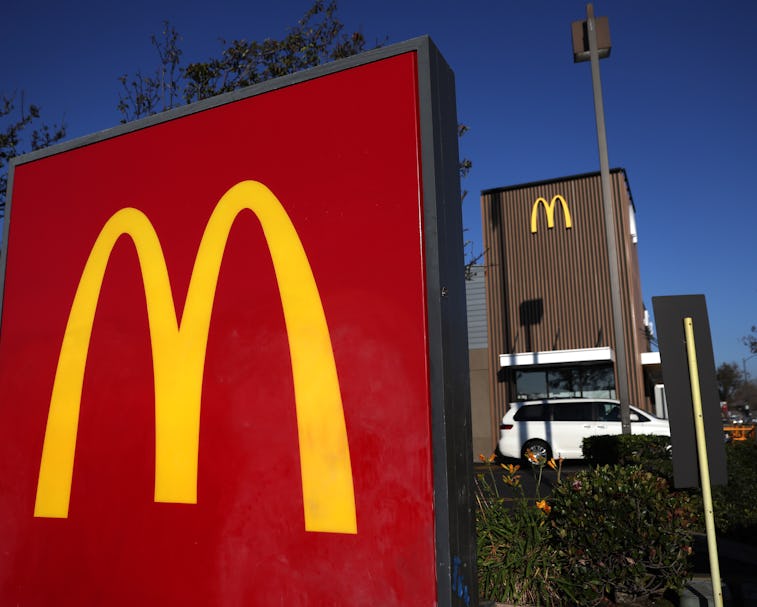Tech
McDonald’s wants you to buy Big Macs in the metaverse
The fast food juggernaut registered for 10 trademarks to be used in the emerging virtual space.

We’re still at the ground floor of whatever the metaverse might eventually become and McDonald’s now wants a piece of the intangible, digital, hand-pie.
The fast-food behemoth has registered for 10 trademarks to be used in both the metaverse and for NFT-related purposes.
Concrete vision— Whereas other trademark applications for the virtual space have been fairly vague, McDonald’s seems to have a specific plan in mind. The intended use for these registrations include “virtual food and beverage products,” and “operating a virtual restaurant featuring actual and virtual goods, operating a virtual restaurant online featuring home delivery,” as well as “entertainment services, namely, providing on-line actual and virtual concerts and other virtual events.”
NFTs weren’t forgotten either — part of the trademark applications’ stated use is for “downloadable multimedia files containing artwork, text, audio and video files and non-fungible tokens.” This potentially pushes us towards a future where children receive Ronald McDonald NFTs in their happy meals rather than a physical toy(s).
Aside from the M logo, and the spelled out McDonald’s name, the McCafe branding is part of the filings. I wonder if free coffee refills will apply to the digital space.
McDonald’s isn’t the first food chain to prepare for virtual storefronts either — Panera Bread submitted a similar set of applications for what it is dubbing the Paneraverse.
While it is early, my read on the metaverse is that it isn’t so much a social space to congregate with others then it is a new advertising frontier for the biggest companies in the world. McDonald’s is banking on the existence of its branding within this virtual reality to sway users into ordering actual food.
But there are still more questions left unanswered — will people have to pay to order virtual filet-o-fish? How long does it take to produce a digital Happy Meal?